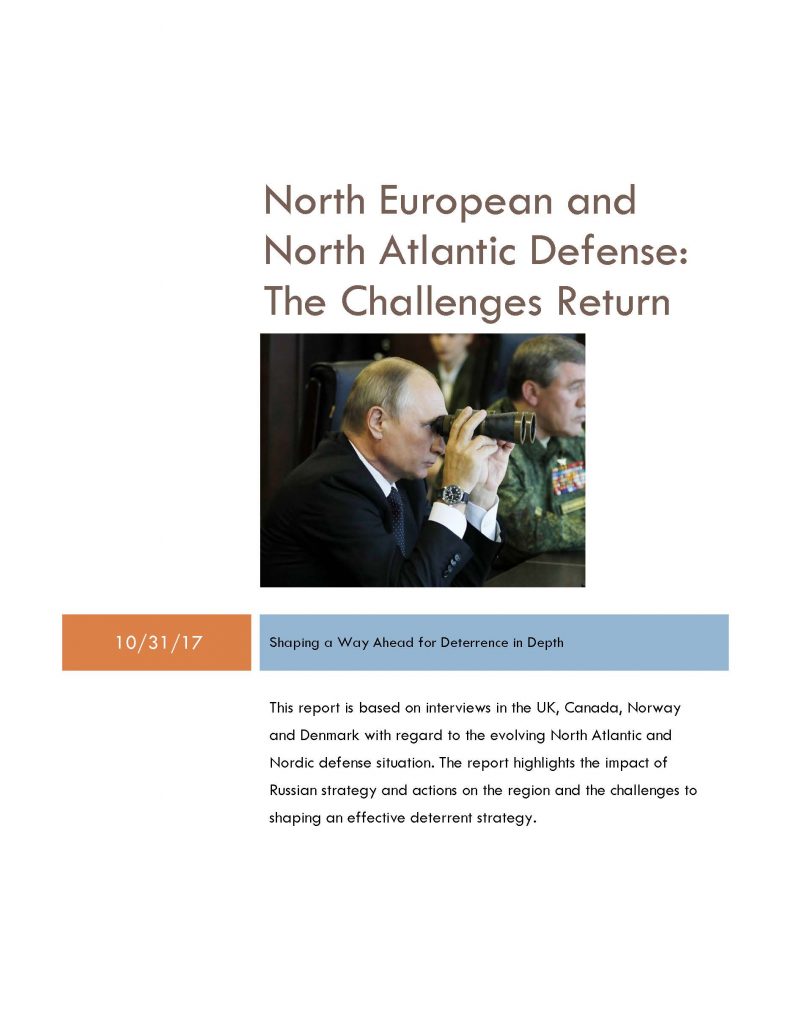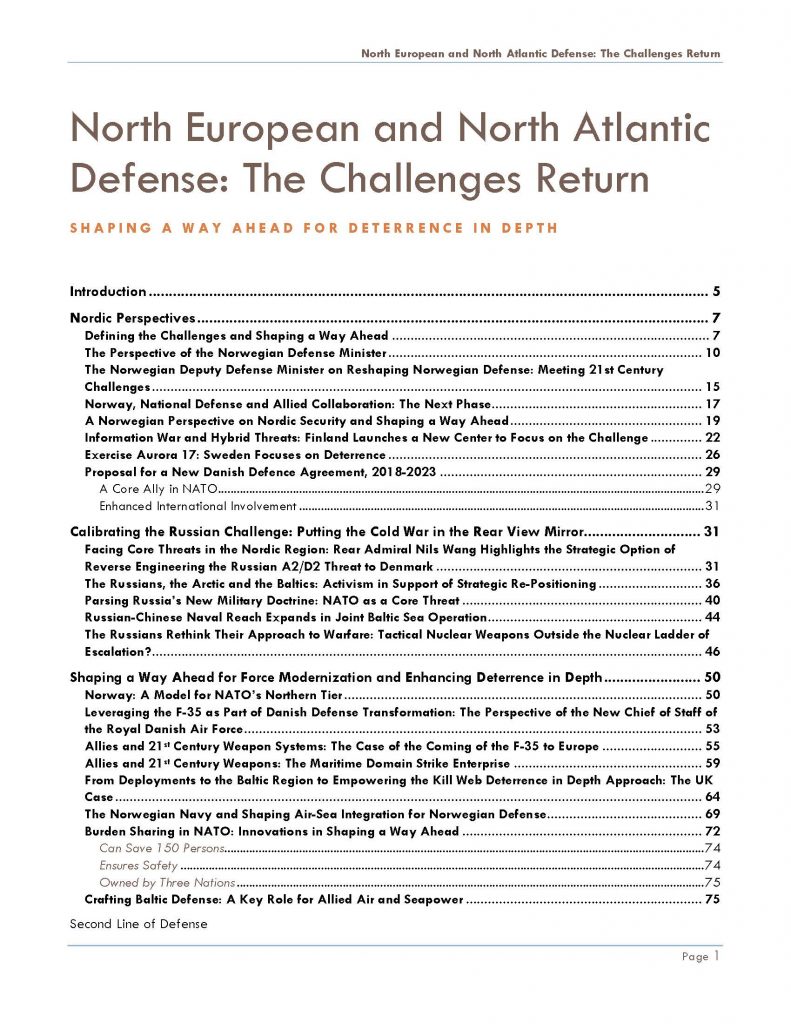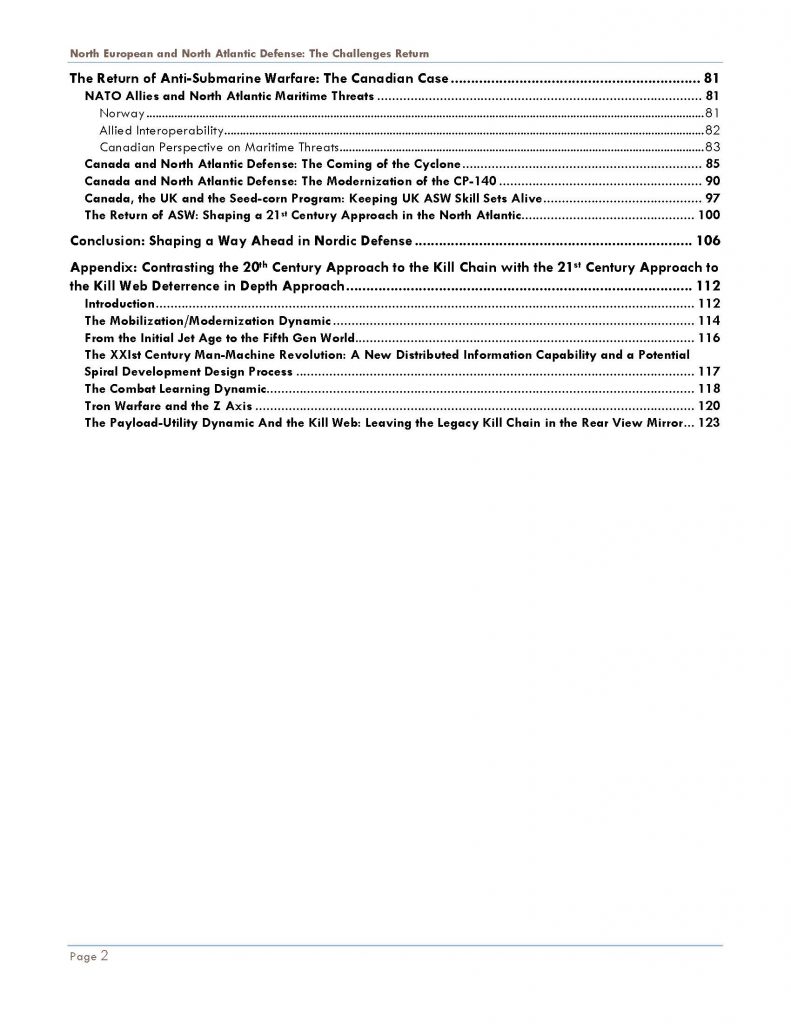2017-11-01 By Richard Weitz
President Vladimir Putin made one of his most anti-American presentations at the Valdai Conference in Sochi since his February 2007 speech to the Munich Security Conference.
His comments suggest the prospects for future Russian-U.S. arms control are bleak due to fundamental differences between Moscow and Washington.
In a discourse that seemed out of place in a conference whose sessions aimed to help humanity grapple with 21st-century challenges, Putin devoted much of his speech to attacking the United States for violating 1990s-era arms control agreements or exploiting Russian trust and weakness to disadvantage his country.
In his view, Russia has made great exertions to comply with its agreements, while the United States has been violating or shirking its commitments.

For example, the President complained about how, under the now ended Nunn-Lugar Cooperative Threat Reduction program, U.S. inspectors gained access to “the holiest of holies of the Russian nuclear weapons complex, namely, the enterprises engaged in developing nuclear warheads and ammunition, and weapons-grade plutonium and uranium.”
In return for this “absolutely unprecedented openness and trust” during the 1990s, Putin continued, Russia received “total neglect of our national interests, support for separatism in the Caucasus, military action that circumvented the UN Security Council, such as the bombing of Yugoslavia and Belgrade, the introduction of troops into Iraq and so on.”
Putin argued that, once he became president, “our cooperation with the United States entered a new stage of truly equitable partnership,” with balanced treaties and agreements such as the 2000 Plutonium Management and Disposition Agreement (PMDA).
But in Putin’s view the United States has since violated or unilaterally abandoned these accords as well as several others, such as the Anti-Ballistic Missile Treaty, the Comprehensive Test Ban Treaty, or the Chemical Weapons Convention.
Putin now saw the United States as angling to leave or adjust New START.
He insisted that, “We are not going to withdraw from it, although something may not work with us either.
This is always a part of some kind of compromise.
However, it is better to have some agreements rather than none at all.”
When it enters into full force in February 2018, New START will limit Russia and the United States to 1,550 deployed strategic warheads deployed on at most 700 deployed intercontinental-range ballistic missiles, strategic submarine-launched ballistic missiles, and long-range nuclear-capable bombers.
Both countries will also possess several thousand non-deployed (reserve) strategic warheads and non-strategic (tactical) nuclear weapons that are excluded from the Treaty limits.
Putin dismissed the “many accusations about Russia violating [the Intermediate-Range Nuclear Forces Treaty, or INF Treaty] as “cooking up something.”
The Treaty bans Russia or the United States from having ground-launched cruise or ballistic missiles with ranges between 500km-5,500km.
Putin acknowledged that “maybe we would be tempted to do just [violate the treaty] that if we had no airborne and sea-based missiles” but, unlike when the treaty was signed in 1987, “now we have them” like the United States.
Indeed, Russia has been making an effort to profile such Kalibr missiles in its war in Syria.
Putin took pains to warn Washington, where the Congress and the Pentagon have been developing contingency plans if Russia does not return into compliance with the INF Treaty, that Russia’s response to a U.S. withdrawal from the treaty would be “immediate and reciprocal.”
Russia could employ such missiles, even armed with conventional warheads, to attack the military and civilian infrastructure that the US Army would use to flow reinforcements into East Central Europe during a NATO-Russia conflict.
Unless Moscow changes its stance soon, the United States could proceed with the development and deployment of additional offensive and defensive systems in Europe, which President Putin has stated Russia would meet with an immediate reciprocal response.
Although the Russian-U.S. strategic stability talks that resumed earlier this year have provided a means for discussing the New START and INF issues, as well as means to decrease military accidents and miscalculations due to diverging doctrines and the rising encounters between Russian and U.S. armed forces, the talks find it hard to grapple with these contrasting arms control perspectives as well as the impact of non-nuclear domains such as cyber- and space-based threats.
Putin saw this as Americans trying to take advantage of Russia and demonstrating the Washington was incapable of treating Moscow as an equal partner.
He warned that Moscow would no longer trust the West or make concessions out of weaknesses or to garner fleeting international goodwill.
The one benefit of his frank attack was that, since nothing the United States does will please the Russian government, the Trump administration now has greater freedom in building U.S. national defenses.
For example, the administration can direct more funding to improve the Ground Based Interceptors (GBI) stationed in Alaska and California, which currently provide the United States with the only direct defense against ICBMs.
These ground-based mid-course systems consist of a multistage solid-fuel booster that rams an unarmed “kill vehicle” into a missile or warhead in outer space, obliterating the target before it can re-enter the atmosphere.
The Pentagon’s Missile Defense Agency could profitably use some of the additional funding to make the GBI exercises more frequent, demanding, and operationally relevant against near-term threats.
Buying more GBIs would be prudent since the United States needs more interceptors to test the Redesigned Kill Vehicle, the Multi-Object Kill Vehicle, and other missile defense capabilities that will make Americans safer in coming years.
Editor’s Note: Putin’s speech was provided by the Kremlin as follows:
http://en.kremlin.ru/events/president/news/55882
President of Russia Vladimir Putin: Thank you very much.
I am not sure how optimistic it will sound, but I am aware that you had very lively discussions over the last three days. I will try, as has now become customary, to share with you what I think about some of the issues. Please do not take it badly if I say something that has already been said as I did not follow all the discussions.
To begin with, I would like to welcome Mr Karzai, Mr Ma, Mr Toje, our colleagues and all our friends. I can see many familiar faces in the audience. Welcome everyone to the Valdai Club meeting.
All disputes must be resolved in a civilised manner. We are firmly convinced that even the most complex knots – be it the crisis in Syria or Libya, the Korean Peninsula or, say, Ukraine – must be disentangled rather than cut.
By tradition, this forum focuses on discussing the most pressing global political as well as economic matters. This time, the organisers, as was just mentioned again, have come up with a fairly difficult challenge asking the participants to try to look beyond the horizon, to ponder over what the coming decades may be like for Russia and the international community.
Of course, it is impossible to foresee everything and to take into account all the opportunities and risks that we will be faced with. However, we need to understand and sense the key trends, to look for outside-the-box answers to the questions that the future is posing for us at the moment, and will surely pose more. The pace of developments is such that we must react to them constantly as well as quickly.
The world has entered an era of rapid change. Things that were only recently referred to as fantastic or unattainable have become a reality and have become part of our daily lives.
Qualitatively new processes are simultaneously unfolding across all spheres. The fast-paced public life in various countries and the technological revolution are intertwined with changes on the international arena. The competition for a place in the global hierarchy is exacerbating. However, many past recipes for global governance, overcoming conflicts as well as natural contradictions are no longer applicable, they often fail, and new ones have not been worked out yet.
Naturally, the interests of states do not always coincide, far from it. This is normal and natural. It has always been the case. The leading powers have different geopolitical strategies and perceptions of the world. This is the immutable essence of international relations, which are built on the balance between cooperation and competition.
True, when this balance is upset, when the observance and even existence of universal rules of conduct is questioned, when interests are pushed through at any cost, then disputes become unpredictable and dangerous and lead to violent conflicts.
Not a single real international problem can be resolved in such circumstances and such a framing of the issues, and so relations between countries simply degrade. The world becomes less secure. Instead of progress and democracy, free rein is given to radical elements and extremist groups that reject civilization itself and seek to plunge it into the ancient past, into chaos and barbarism.
The history of the past few years graphically illustrates all of this. It is enough to see what has happened in the Middle East, which some players have tried to reshape and reformat to their liking and to impose on it a foreign development model through externally orchestrated coups or simply by force of arms.
Instead of working together to redress the situation and deal a real blow to terrorism rather than simulating a struggle against it, some of our colleagues are doing everything they can to make the chaos in this region permanent. Some still think that it is possible to manage this chaos.
Meanwhile, there are some positive examples in recent experience. As you have probably guessed, I am referring to the experience of Syria. It shows that there is an alternative to this kind of arrogant and destructive policy. Russia is opposing terrorists together with the legitimate Syrian Government and other states of the region, and is acting on the basis of international law. I must say that these actions and this forward progress has not come easy. There is a great deal of dissension in the region. But we have fortified ourselves with patience and, weighing our every move and word, we are working with all the participants of this process with due respect for their interests.
Our efforts, the results of which were questioned by our colleagues only recently, are now – let me put it carefully – instilling us with hope. They have proved to be very important, correct, professional and timely.
There is a great deal of dissension in the region [Syria]. But we have fortified ourselves with patience and, weighing our every move and word, we are working with all the participants of this process with due respect for their interests.
Or, take another example – the clinch around the Korean Peninsula. I am sure you covered this issue extensively today as well. Yes, we unequivocally condemn the nuclear tests conducted by the DPRK and fully comply with the UN Security Council resolutions concerning North Korea. Colleagues, I want to emphasise this so that there is no discretionary interpretation. We comply with all UN Security Council resolutions.
However, this problem can, of course, only be resolved through dialogue. We should not drive North Korea into a corner, threaten force, stoop to unabashed rudeness or invective. Whether someone likes or dislikes the North Korean regime, we must not forget that the Democratic People’s Republic of Korea is a sovereign state.
All disputes must be resolved in a civilised manner. Russia has always favoured such an approach. We are firmly convinced that even the most complex knots – be it the crisis in Syria or Libya, the Korean Peninsula or, say, Ukraine – must be disentangled rather than cut.
The situation in Spain clearly shows how fragile stability can be even in a prosperous and established state. Who could have expected, even just recently, that the discussion of the status of Catalonia, which has a long history, would result in an acute political crisis?
Russia’s position here is known. Everything that is happening is an internal matter for Spain and must be settled based on Spanish law in accordance with democratic traditions. We are aware that the country’s leadership is taking steps towards this end.
In the case of Catalonia, we saw the European Union and a number of other states unanimously condemn the supporters of independence.
You know, in this regard, I cannot help but note that more thought should have gone into this earlier. What, no one was aware of these centuries-old disagreements in Europe? They were, were they not? Of course, they were. However, at one point they actually welcomed the disintegration of a number of states in Europe without hiding their joy.
Why were they so unthinking, driven by fleeting political considerations and their desire to please – I will put it bluntly – their big brother in Washington, in providing their unconditional support to the secession of Kosovo, thus provoking similar processes in other regions of Europe and the world?
You may remember that when Crimea also declared its independence, and then – following the referendum – its decision to become part of Russia, this was not welcomed for some reason. Now we have Catalonia. There is a similar issue in another region, Kurdistan. Perhaps this list is far from exhaustive. But we have to ask ourselves, what are we going to do? What should we think about it?
It turns out that some of our colleagues think there are ”good“ fighters for independence and freedom and there are ”separatists“ who are not entitled to defend their rights, even with the use of democratic mechanisms.
As we always say in similar cases, such double standards – and this is a vivid example of double standards – pose serious danger to the stable development of Europe and other continents, and to the advancement of integration processes across the world.
At one time the apologists for globalisation were trying to convince us that universal economic interdependence was a guarantee against conflicts and geopolitical rivalry. Alas, this did not happen. Moreover, the nature of the contradictions grew more complicated, becoming multilayer and nonlinear.
Indeed, while interconnectedness is a restraining and stabilising factor, we are also witnessing an increasing number of examples of politics crudely interfering with economic, market relations. Quite recently there were warnings that this was unacceptable, counterproductive and must be prevented. Now those who made such warnings are doing all this themselves. Some do not even conceal that they are using political pretexts to promote their strictly commercial interests. For instance, the recent package of sanctions adopted by the US Congress is openly aimed at ousting Russia from European energy markets and compelling Europe to buy more expensive US-produced LNG although the scale of its production is still too small.
We unequivocally condemn the nuclear tests conducted by the DPRK and fully comply with the UN Security Council resolutions concerning North Korea. However, this problem can, of course, only be resolved through dialogue. We should not drive North Korea into a corner.
Attempts are being made to create obstacles in the way of our efforts to forge new energy routes – South Stream and Nord Stream – even though diversifying logistics is economically efficient, beneficial for Europe and promotes its security.
Let me repeat: it is only natural that each state has its own political, economic and other interests. The question is the means by which they are protected and promoted.
In the modern world, it is impossible to make a strategic gain at the expense of others. Such a policy based on self-assurance, egotism and claims to exceptionalism will not bring any respect or true greatness. It will evoke natural and justified rejection and resistance. As a result, we will see the continued growth of tensions and discord instead of trying to establish together a steady and stable international order and address the technological, environmental, climate and humanitarian challenges confronting the entire human race today.
Colleagues,
Scientific and technological progress, robotic automation and digitalisation are already leading to profound economic, social, cultural changes, and changes in values as well. We are now presented with previously inconceivable prospects and opportunities. But at the same time we will have to find answers to plenty of questions as well. What place will people occupy in the “humans–machines–nature” triangle? What actions will be taken by states that fail to provide conditions for normal life due to changes in climate and environment? How will employment be maintained in the era of automation? How will the Hippocratic oath be interpreted once doctors possess capabilities akin to all-powerful wizards? And will human intelligence finally lose the ability to control artificial intelligence? Will artificial intelligence become a separate entity, independent from us?
Previously, when assessing the role and influence of countries, we spoke about the importance of the geopolitical factor, the size of a country’s territory, its military power and natural resources. Of course, these factors still are of major importance today. But now there is also another factor – the scientific and technological factor, which, without a doubt, is of great importance as well, and its importance will only increase over time.
In fact, this factor has always been important, but now it will have game-changing potential, and very soon it will have a major impact in the areas of politics and security. Thus, the scientific and technological factor will become a factor of universal and political importance.
It is also obvious that even the very latest technology will not be able to ensure sustainable development on its own. A harmonious future is impossible without social responsibility, without freedom and justice, without respect for traditional ethical values and human dignity. Otherwise, instead of becoming a world of prosperity and new opportunities, this “brave new world” will turn into a world of totalitarianism, castes, conflicts and greater divisions.
Today growing inequality is already building up into feelings of injustice and deprivation in millions of people and whole nations. And the result is radicalisation, a desire to change things in any way possible, up to and including violence.
By the way, this has already happened in many countries, and in Russia, our country, as well. Successful technological, industrial breakthroughs were followed by dramatic upheavals and revolutionary disruptions. It all happened because the country failed to address social discord and overcome the clear anachronisms in society in time.
Everything that is happening [in Catalonia] is an internal matter for Spain and must be settled based on Spanish law in accordance with democratic traditions.
Revolution is always the result of an accountability deficit in both those who would like to conserve, to freeze in place the outdated order of things that clearly needs to be changed, and those who aspire to speed the changes up, resorting to civil conflict and destructive resistance.
Today, as we turn to the lessons of a century ago, namely, the Russian Revolution of 1917, we see how ambiguous its results were, how closely the negative and, we must acknowledge, the positive consequences of those events are intertwined. Let us ask ourselves: was it not possible to follow an evolutionary path rather than go through a revolution? Could we not have evolved by way of gradual and consistent forward movement rather than at a cost of destroying our statehood and the ruthless fracturing of millions of human lives.
However, the largely utopian social model and ideology, which the newly formed state tried to implement initially following the 1917 revolution, was a powerful driver of transformations across the globe (this is quite clear and must also be acknowledged), caused a major revaluation of development models, and gave rise to rivalry and competition, the benefits of which, I would say, were mostly reaped by the West.
I am referring not only to the geopolitical victories following the Cold War. Many Western achievements of the 20th century were in answer to the challenge posed by the Soviet Union. I am talking about raising living standards, forming a strong middle class, reforming the labour market and the social sphere, promoting education, guaranteeing human rights, including the rights of minorities and women, overcoming racial segregation, which, as you may recall, was a shameful practice in many countries, including the United States, a few short decades ago.
Following the radical changes that took place in our country and globally at the turn of the 1990s, a really unique chance arose to open a truly new chapter in history. I mean the period after the Soviet Union ceased to exist.
Unfortunately, after dividing up the geopolitical heritage of the Soviet Union, our Western partners became convinced of the justness of their cause and declared themselves the victors of the Cold War, as I just mentioned, and started openly interfering in the affairs of sovereign states, and exporting democracy just like the Soviet leadership had tried to export the socialist revolution to the rest of the world in its time.
We were confronted with the redistribution of spheres of influence and NATO expansion. Overconfidence invariably leads to mistakes. The outcome was unfortunate. Two and a half decades gone to waste, a lot of missed opportunities, and a heavy burden of mutual distrust. The global imbalance has only intensified as a result.
We do hear declarations about being committed to resolving global issues, but, in fact, what we see is more and more examples of selfishness. All the international institutions designed to harmonise interests and formulate a joint agenda are being eroded, and basic multilateral international treaties and critically important bilateral agreements are being devalued.
I was told, just a few hours ago, that the US President said something on social media about Russia-US cooperation in the important area of nuclear cooperation. True, this is the most important sphere of interaction between Russia and the United States, bearing in mind that Russia and the United States bear a special responsibility to the world as the two largest nuclear powers.
However, I would like to use this opportunity to speak in more detail about what happened in recent decades in this crucial area, to provide a more complete picture. It will take two minutes at most.
Several landmark bilateral agreements were signed in the 1990s. The first one, the Nunn-Lugar programme, was signed on June 17, 1992. The second one, the HEU-LEU programme, was signed on February 18, 1993. Highly enriched uranium was converted into low-enriched uranium, hence HEU-LEU.
The largely utopian social model and ideology, which the newly formed state [the USSR] tried to implement initially following the 1917 revolution, was a powerful driver of transformations across the globe, caused a major revaluation of development models, and gave rise to rivalry and competition, the benefits of which were mostly reaped by the West.
The projects under the first agreement focused on upgrading control systems, accounting and physical protection of nuclear materials, dismantling and scrapping submarines and radioisotope thermoelectric generators. The Americans have made – and please pay attention here, this is not secret information, simply few are aware of it – 620 verification visits to Russia to check our compliance with the agreements. They visited the holiest of holies of the Russian nuclear weapons complex, namely, the enterprises engaged in developing nuclear warheads and ammunition, and weapons-grade plutonium and uranium. The United States gained access to all top-secret facilities in Russia. Also, the agreement was almost unilateral in nature.
Under the second agreement, the Americans made 170 more visits to our enrichment plants, touring their most restricted areas, such as mixing units and storage facilities. The world’s most powerful nuclear enrichment plant – the Urals Electrochemical Combine – even had a permanent American observation post. Permanent jobs were created directly at the workshops of this combine where the American specialists went to work every day. The rooms they were sitting in at these top-secret Russian facilities had American flags, as is always the case.
In addition, a list was drawn up of 100 American specialists from 10 different US organisations who were entitled to conduct additional inspections at any time and without any warning. All this lasted for 10 years. Under this agreement, 500 tonnes of weapons-grade uranium were removed from military circulation in Russia, which is equivalent to about 20,000 nuclear warheads.
The HEU-LEU programme has become one of the most effective measures of true disarmament in the history of humankind – I say this with full confidence. Each step on the Russian side was closely monitored by American specialists, at a time when the United States limited itself to much more modest reductions of its nuclear arsenal, and did so on a purely goodwill basis.
Our specialists also visited enterprises of the US nuclear arms complex but only at their invitation and under conditions set by the US side.
As you see, the Russian side demonstrated absolutely unprecedented openness and trust. Incidentally – and we will probably talk about this later – it is also common knowledge what we received from this: total neglect of our national interests, support for separatism in the Caucasus, military action that circumvented the UN Security Council, such as the bombing of Yugoslavia and Belgrade, the introduction of troops into Iraq and so on. Well, this is easy to understand: once the condition of the nuclear complex, the armed forces and the economy had been seen, international law appeared to be unnecessary.
In the 2000s our cooperation with the United States entered a new stage of truly equitable partnership. It was marked by the singing of a number of strategic treaties and agreements on peaceful uses of nuclear energy, which is known in the US as the 123 Agreement. But to all intents and purposes, the US side unilaterally halted work within its framework in 2014.
The situation around the 2000 Plutonium Management and Disposition Agreement (PMDA) of August 20 (signed in Moscow) and September 1 (in Washington) is perplexing and alarming. In accordance with the protocol to this agreement, the sides were supposed to take reciprocal steps to irreversibly convert weapons-grade plutonium into mixed oxide (MOX) fuel and burn it in nuclear plants, so that it could not be used for military purposes. Any changes in this method were only allowed by consent of the sides. This is written in the agreement and protocols to it.
What did Russia do? We developed this fuel, built a plant for mass production and, as we pledged in the agreement, built a BN-800 plant that allowed us to safely burn this fuel. I would like to emphasise that Russia fulfilled all of its commitments.
In our opinion, the UN, with its universal legitimacy, must remain the centre of the international system. Our common goal is to raise its authority and effectiveness. There is no alternative to the UN today.
What did our American partners do? They started building a plant on the Savannah River Site. Its initial price tag was $4.86 billon but they spent almost $8 billion, brought construction to 70 percent and then froze the project. But, to our knowledge, the budget request for 2018 includes $270 million for the closure and mothballing of this facility. As usual, a question arises: where is the money? Probably stolen. Or they miscalculated something when planning its construction. Such things happen. They happen here all too often. But we are not interested in this, this is not our business. We are interested in what happens with uranium and plutonium. What about the disposal of plutonium? Dilution and geological storage of the plutonium is suggested. But this completely contradicts the spirit and letter of the agreement, and, most important, does not guarantee that the dilution is not reconverted into weapons-grade plutonium. All this is very unfortunate and bewildering.
Next. Russia ratified the Comprehensive Nuclear-Test-Ban Treaty more than 17 years ago. The USA has not done so yet.
A critical mass of problems is building up in global security. As is known, in 2002 the United States pulled out of the Anti-Ballistic Missile Treaty. And despite being initiators of the Convention on the Prohibition of Chemical Weapons and international security, they initiated that agreement themselves, they are failing to meet their commitments. They remain as of today the only and largest holder of this form of weapon of mass destruction. Moreover, the USA has pushed back the deadline for eliminating their chemical weapons from 2007 to as far as 2023. It does not look proper for a nation that claims to be a champion of non-proliferation and control.
In Russia, on the contrary, the process was completed on September 27 of this year. By doing so our country has made a significant contribution to enhancing international security. By the way, the western media preferred to keep quiet, not to notice it, though there was one fleeting mention somewhere in Canada, but that was it, then silence. Meanwhile, the chemical weapons arsenal stockpiled by the Soviet Union is enough to destroy life on the planet multiple times over.
I believe that it is time to abandon an obsolete agenda. I am referring to what was. Without a doubt, we should be looking forward, we have to stop looking back. I am talking about this so as to understand the origins of the current situation that is taking shape.
It is high time for a frank discussion among the global community rather than just a group of the chosen, allegedly the most worthy and advanced. Representatives of different continents, cultural and historical traditions, political and economic systems. In a changing world, we cannot afford to be inflexible, closed off, or unable to respond clearly and quickly. Responsibility for the future – this is what should unite us, especially in times like the current ones when everything is changing rapidly.
Never before has humankind possessed such power as it does now. The power over nature, space, communications, and its own existence. However, this power is diffuse: its elements are in the hands of states, corporations, public and religious associations, and even individual citizens. Clearly, harnessing all these elements in a single, effective and manageable architecture is not an easy task. It will take hard, painstaking work to achieve this. And Russia, I will note, is willing to take part in it together with any partners who are interested.
Colleagues, how do we see the future of the international order and the global governance system? For example, in 2045, when the UN will mark its centennial anniversary? Its creation has become a symbol of the fact that humanity, in spite of everything, is capable of developing common rules of conduct and following them. Whenever these rules were not followed, it inevitably resulted in crises and other negative consequences.
However, in recent decades, there have been several attempts to belittle the role of this organisation, to discredit it, or simply to assume control over it. All these attempts predictably failed, or reached a dead end. In our opinion, the UN, with its universal legitimacy, must remain the centre of the international system. Our common goal is to raise its authority and effectiveness. There is no alternative to the UN today.
With regard to the right of veto in the Security Council, which is also sometimes challenged, you may recall that this mechanism was designed and created in order to avoid direct confrontation of the most powerful states, as a guarantee against arbitrariness and recklessness, so that no single country, even the most influential country, could give the appearance of legitimacy to its aggressive actions.
No matter what amazing heights technology can reach, history is made by humans. We can have only a shared future. There can be no separate futures for us, at least, not in the modern world.
Of course, let us face it, the experts are here, and they know that the UN has legitimised the actions of individual participants in international affairs after the fact. Well, at least that is something, but it will not lead to any good, either.
Reforms are needed, the UN system needs improvement, but reforms can only be gradual, evolutionary and, of course, they must be supported by the overwhelming majority of the participants in the international process within the organisation itself, by broad consensus.
The guarantee of the UN effectiveness lies in its representative nature. The absolute majority of the world’s sovereign states are represented in it. The fundamental principles of the UN should be preserved for years and decades to come, since there is no other entity that is capable of reflecting the entire gamut of international politics.
Today, new centres of influence and growth models are emerging, civilisational alliances, and political and economic associations are taking shape. This diversity does not lend itself to unification. So, we must strive to harmonise cooperation. Regional organisations in Eurasia, America, Africa, the Asia-Pacific region should act under the auspices of the United Nations and coordinate their work.
However, each association has the right to function according to its own ideas and principles that correspond to its cultural, historical and geographical specifics. It is important to combine global interdependence and openness with preserving the unique identity of each nation and each region. We must respect sovereignty as the basis underlying the entire system of international relations.
Colleagues, no matter what amazing heights technology can reach, history is, of course, made by humans. History is made by people, with all their strengths and weaknesses, great achievements and mistakes. We can have only a shared future. There can be no separate futures for us, at least, not in the modern world. So, the responsibility for ensuring that this world is conflict-free and prosperous lies with the entire international community.
As you may be aware, the 19th World Festival of Youth and Students is taking place in Sochi. Young people from dozens of countries are interacting with their peers and discussing matters that concern them. They are not hampered by cultural, national or political differences, and they are all dreaming about the future. They believe that their lives, the lives of younger generations will be better, fairer and safer. Our responsibility today is to do our best to make sure that these hopes come true.
Thank you very much for your attention.




 Preparing the armament for the Mirage 2000 for the Mali operation, January 9, 2013, at the airbase in N’Djamena, Chad. Credit: French Ministry of Defense.
Preparing the armament for the Mirage 2000 for the Mali operation, January 9, 2013, at the airbase in N’Djamena, Chad. Credit: French Ministry of Defense.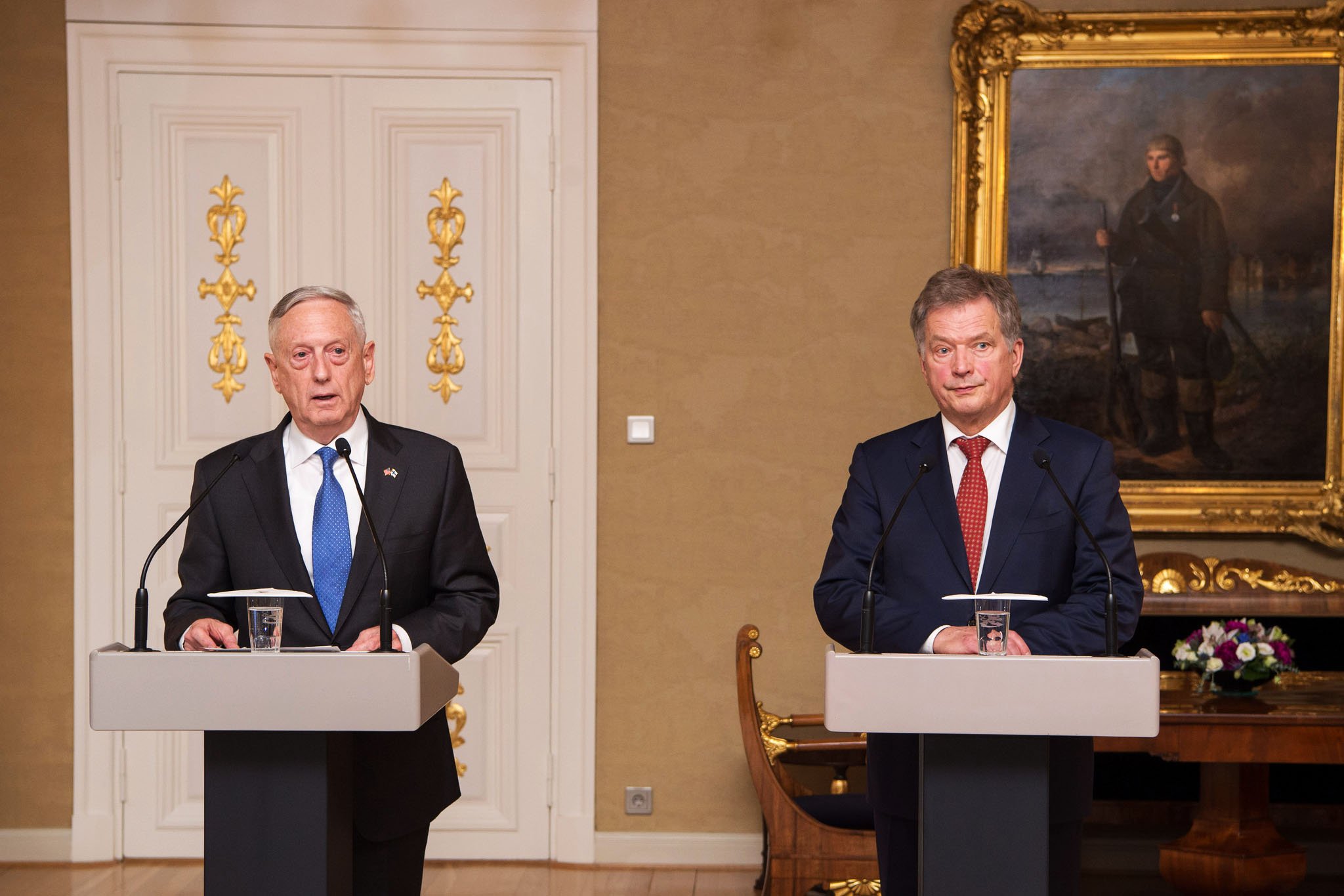

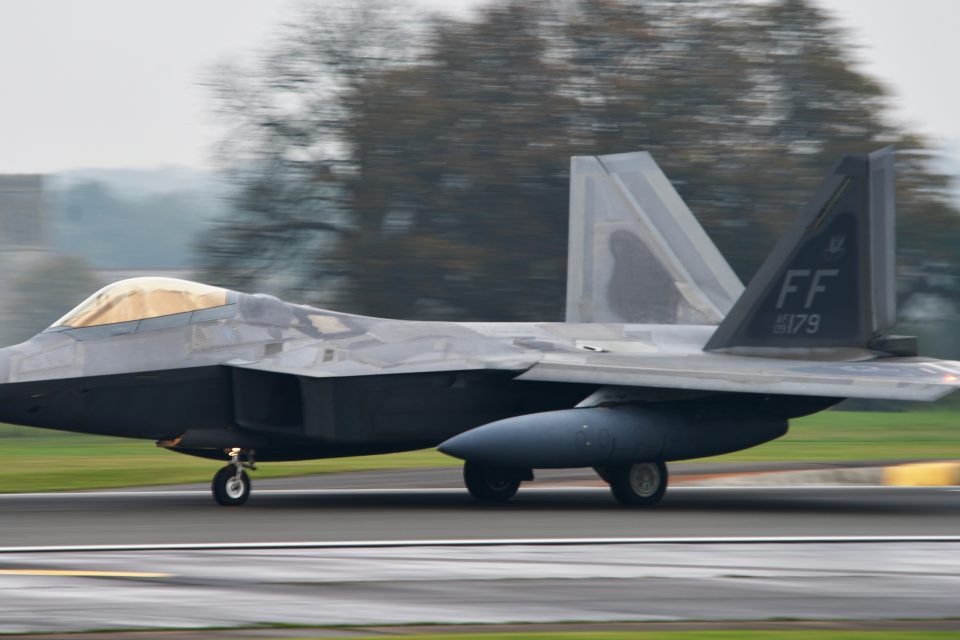
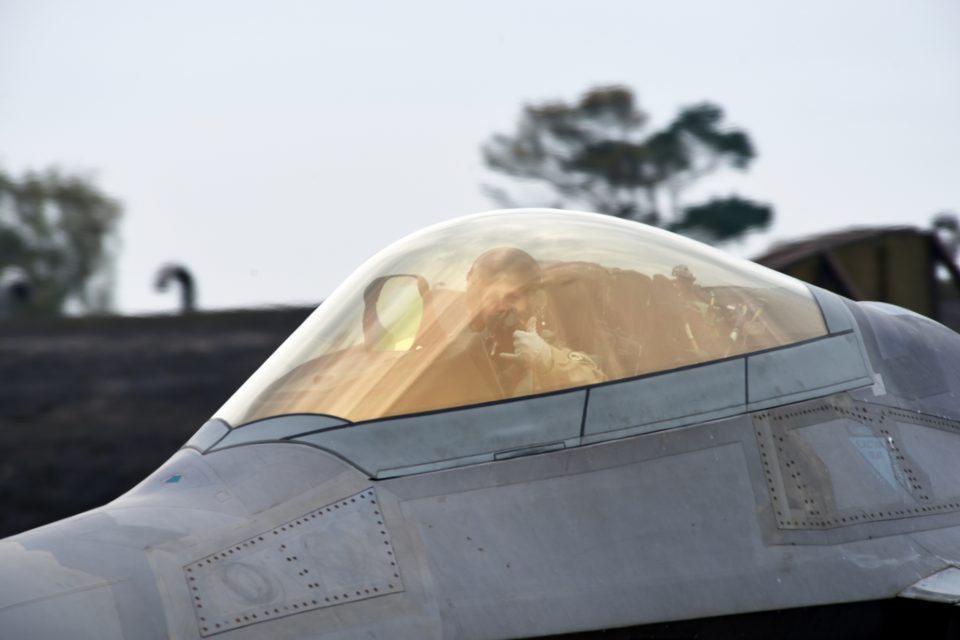
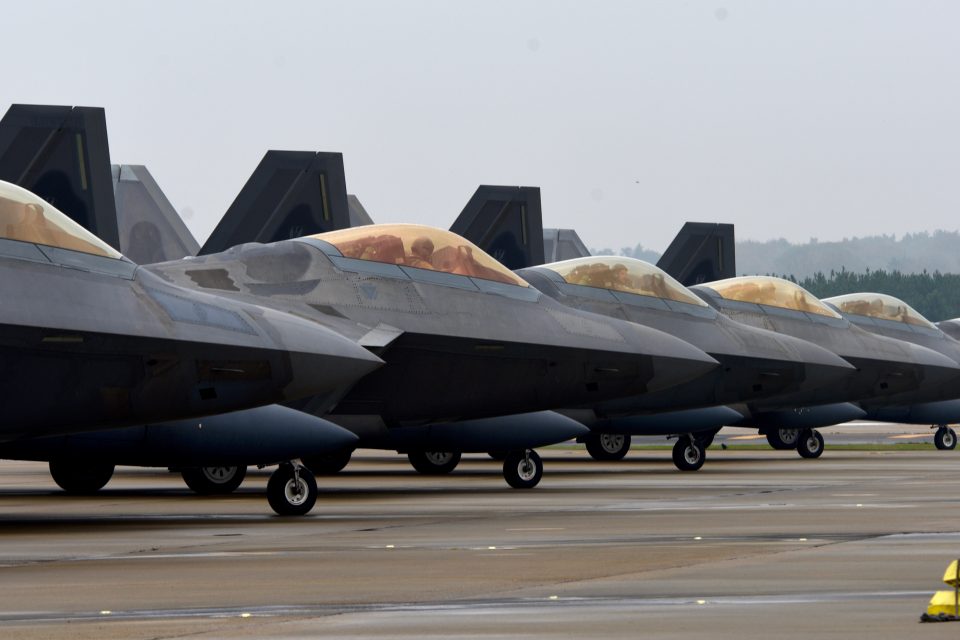

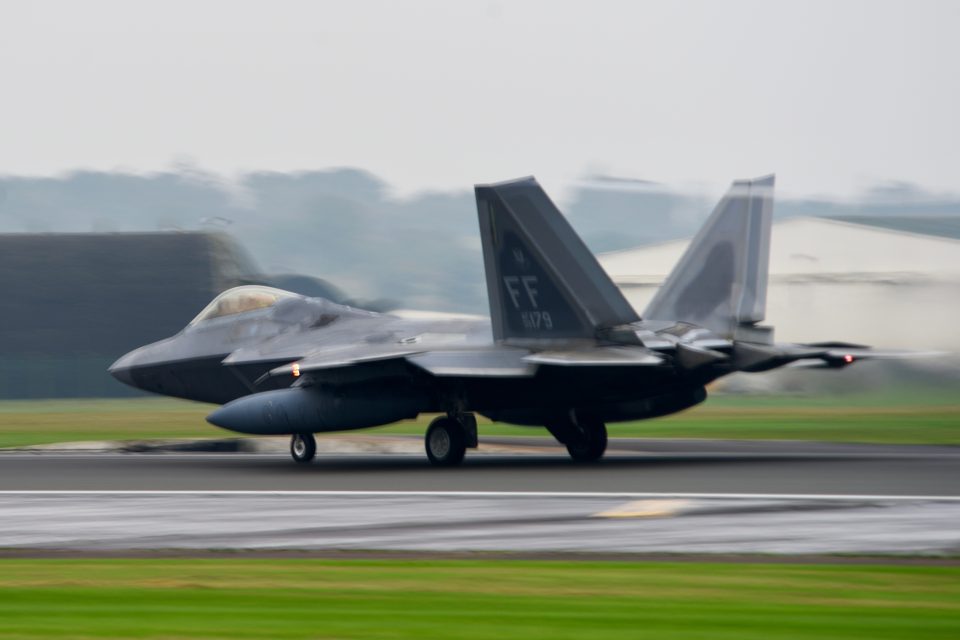
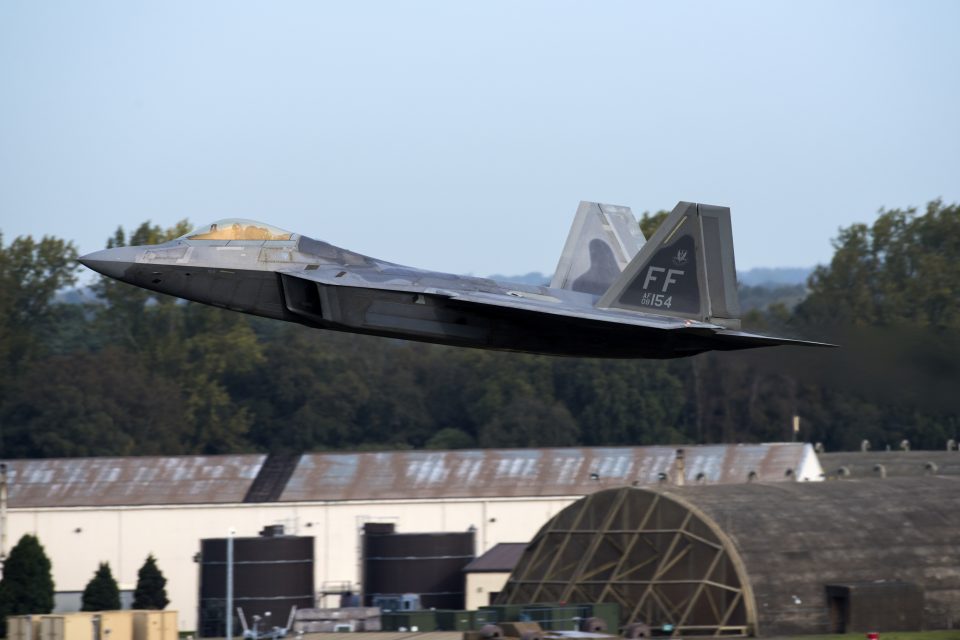
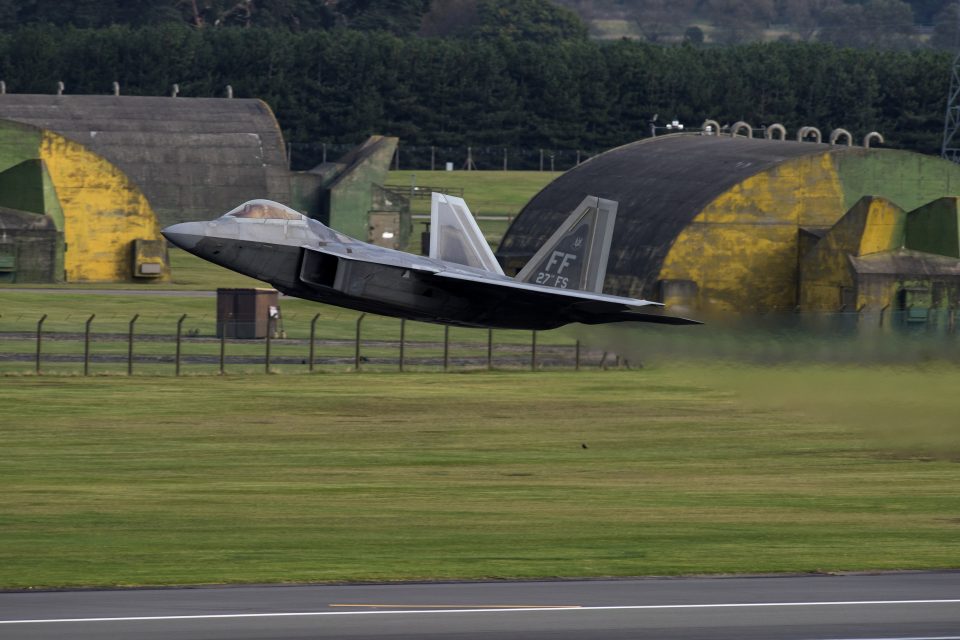
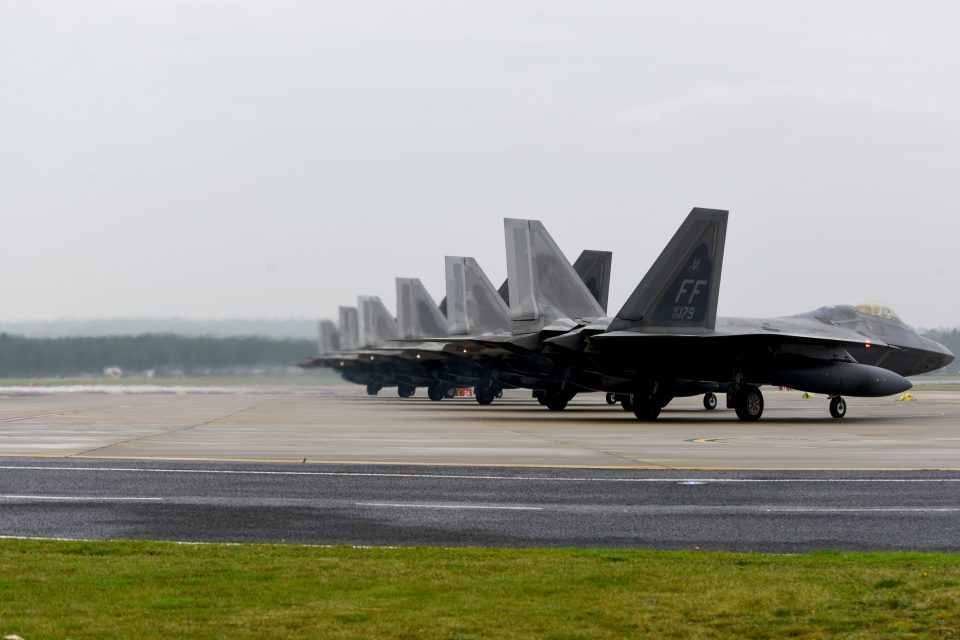
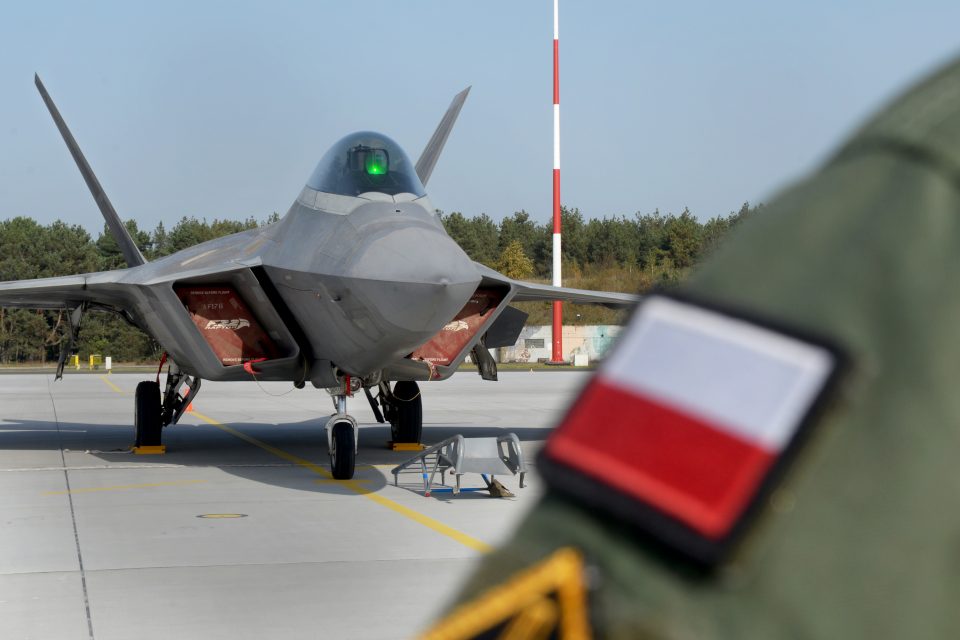
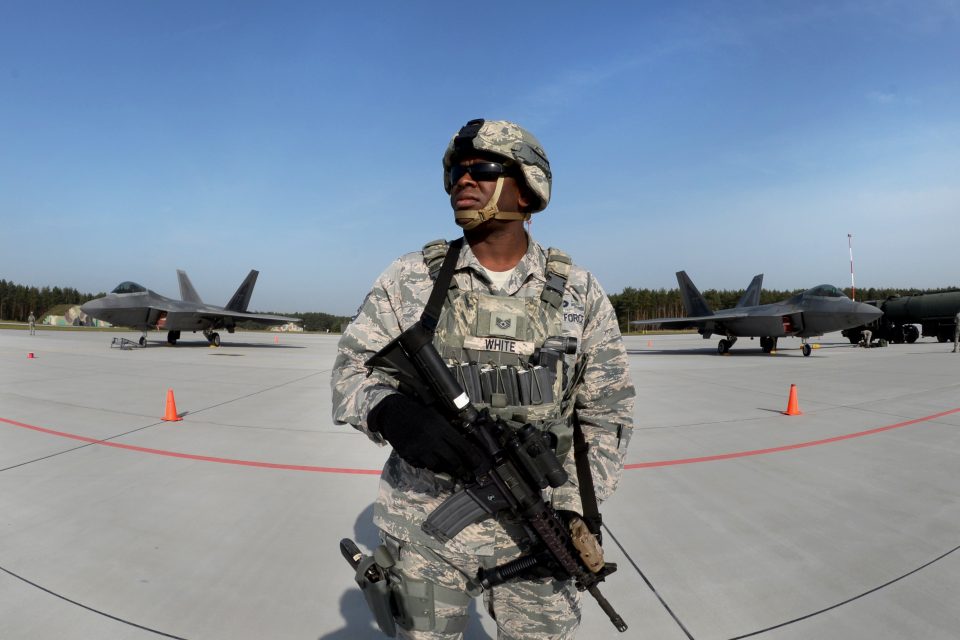
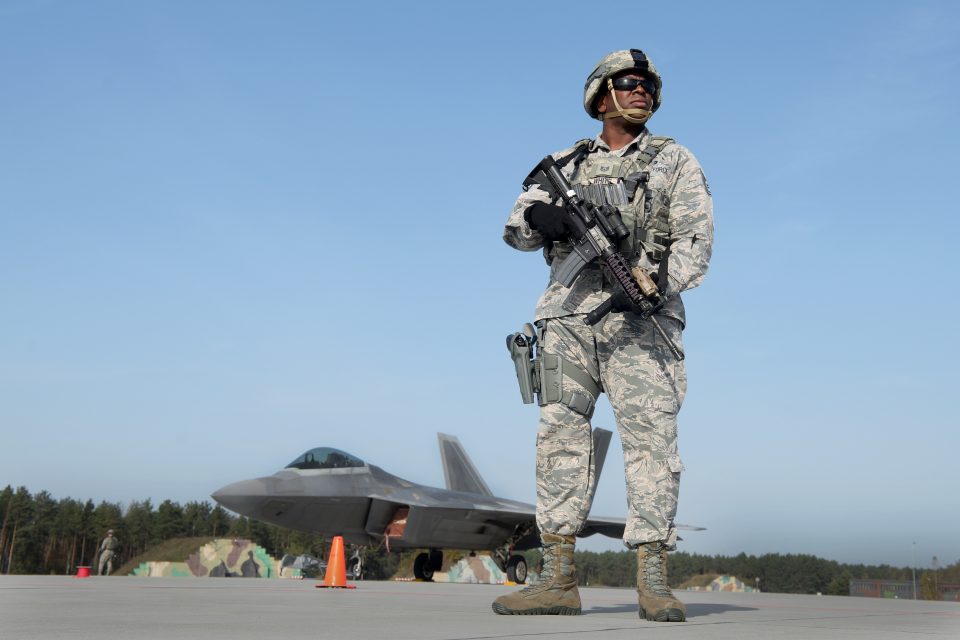
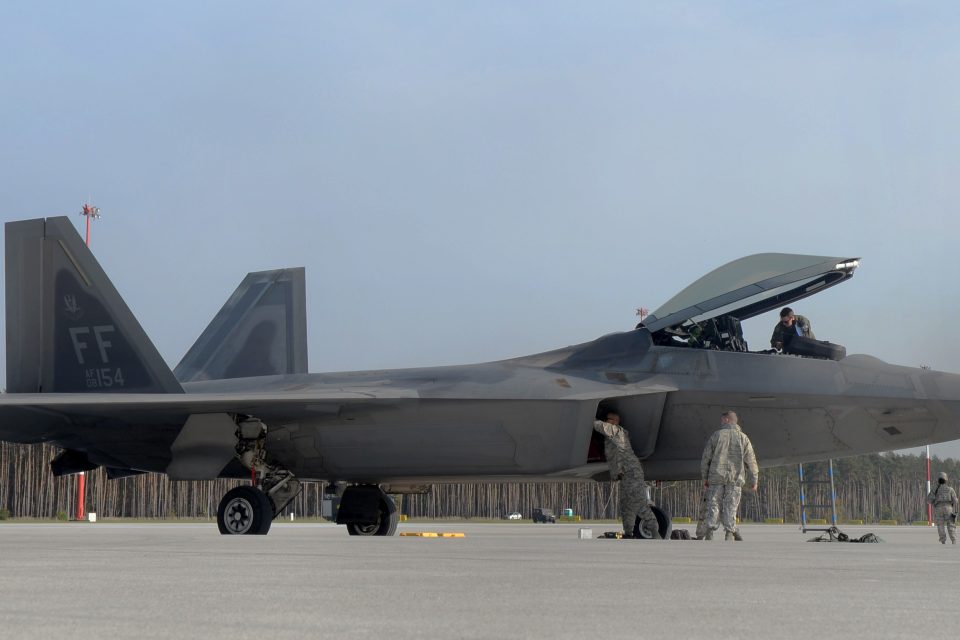
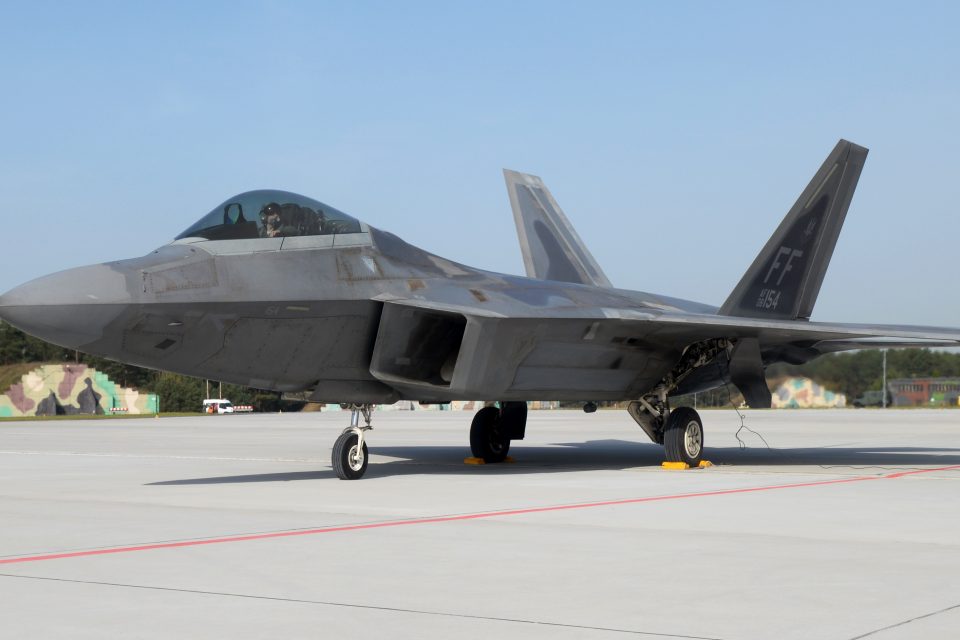
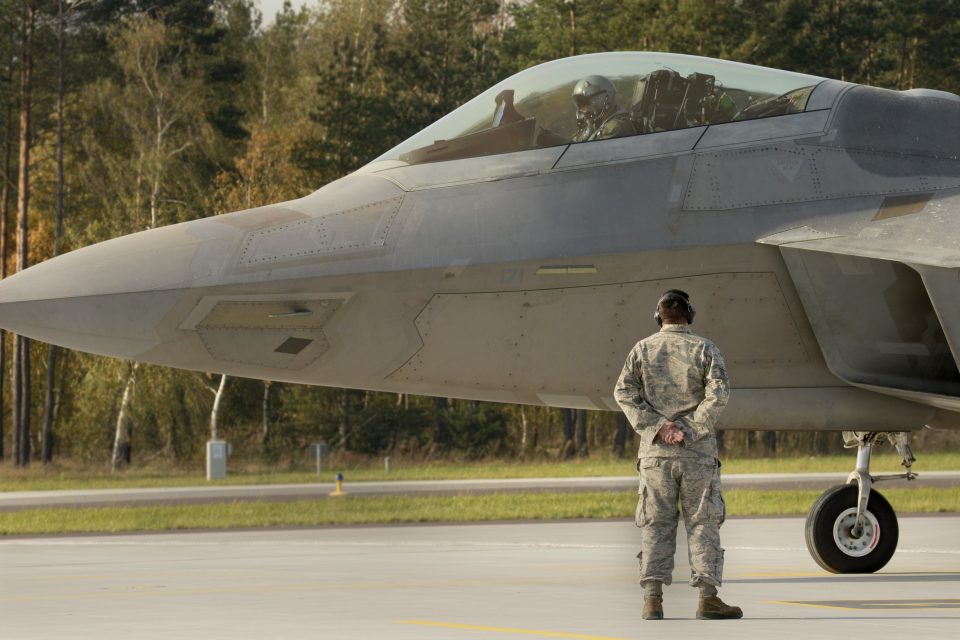
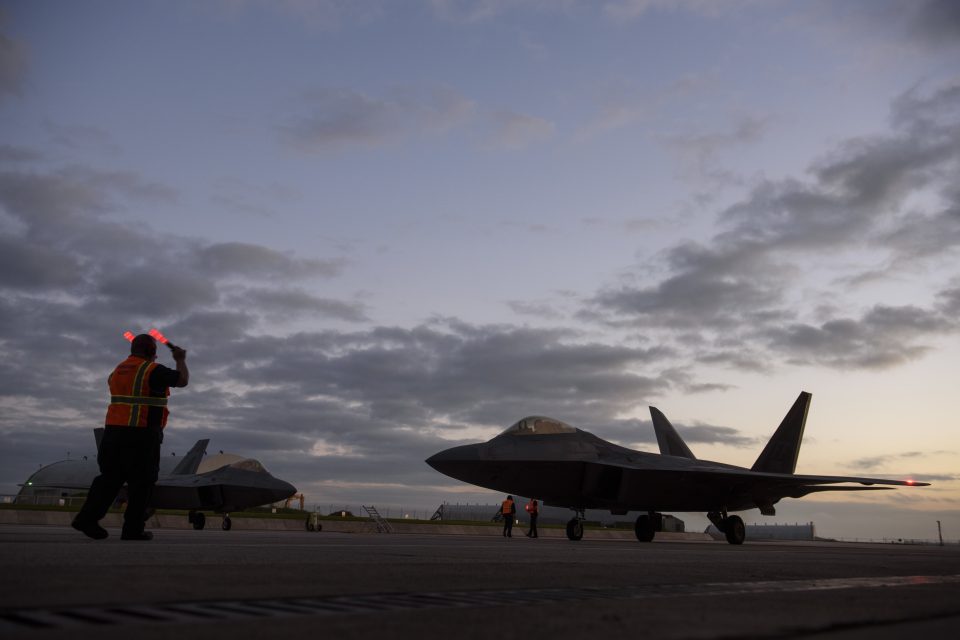
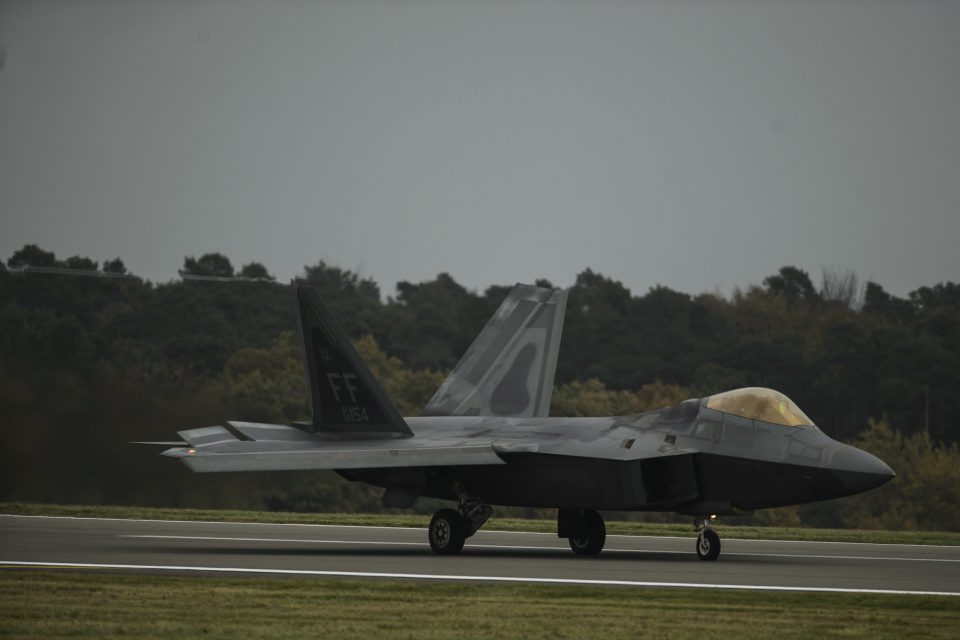

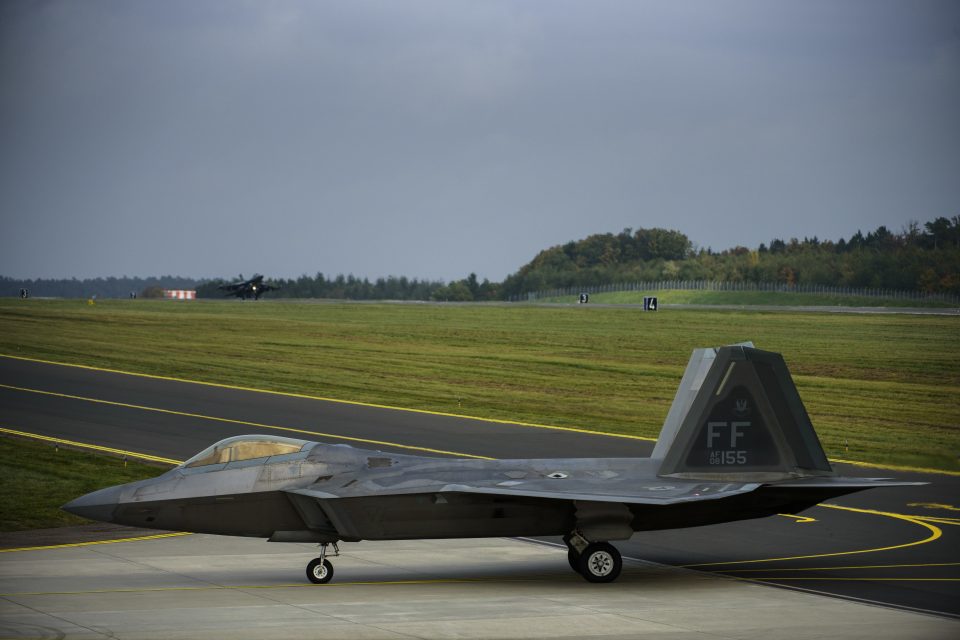
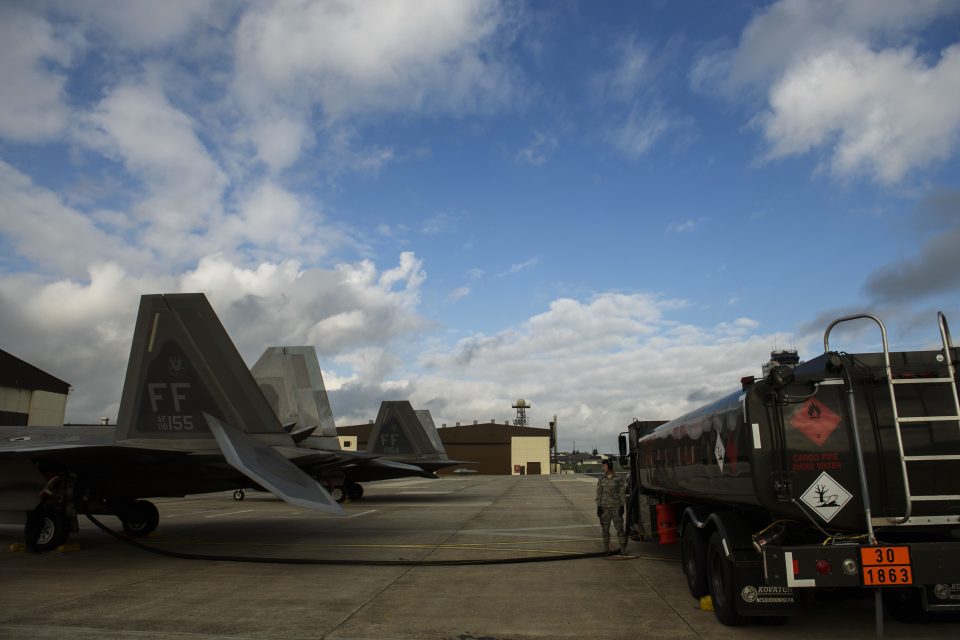
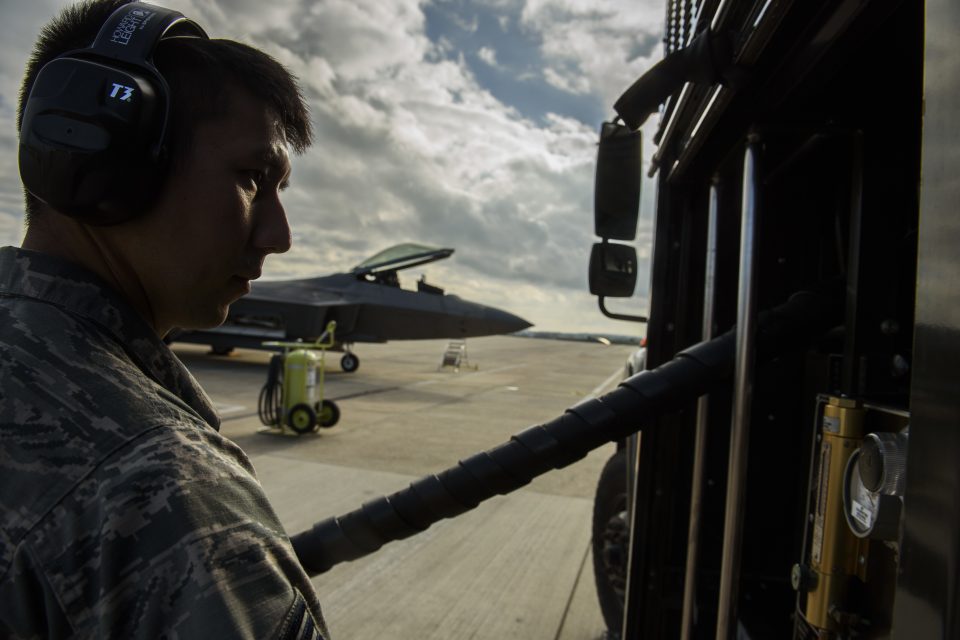


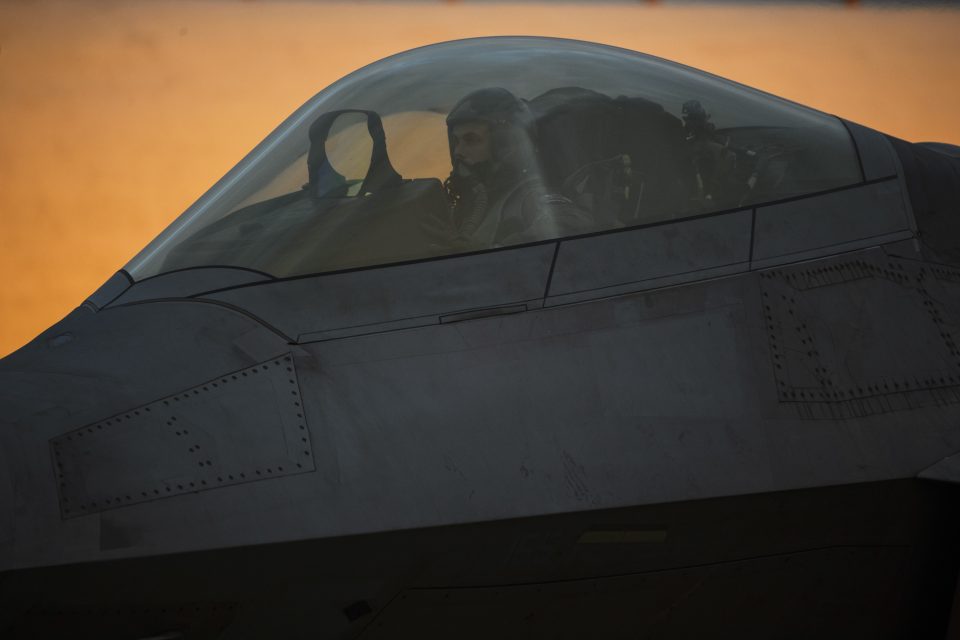
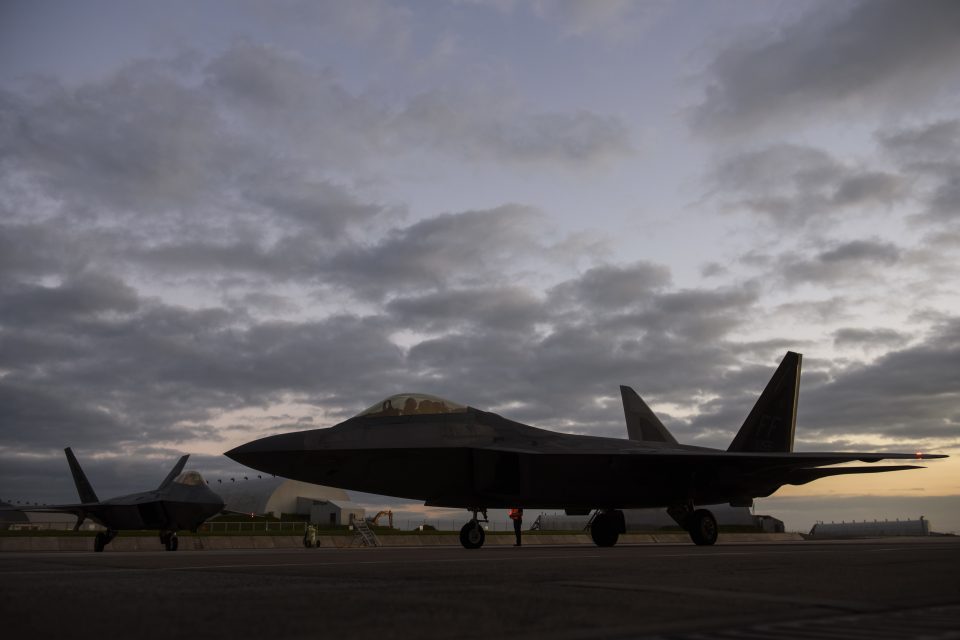
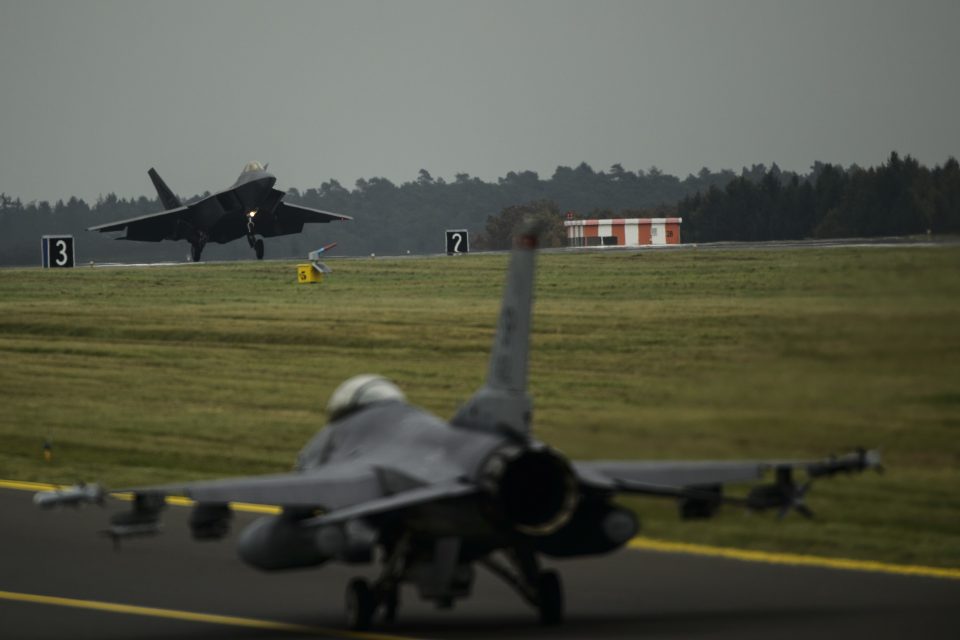
 US President Donald Trump and Chinese President Xi Jinping walk together after their meetings at Mar-a-Lago in Florida. Photo: AP
US President Donald Trump and Chinese President Xi Jinping walk together after their meetings at Mar-a-Lago in Florida. Photo: AP